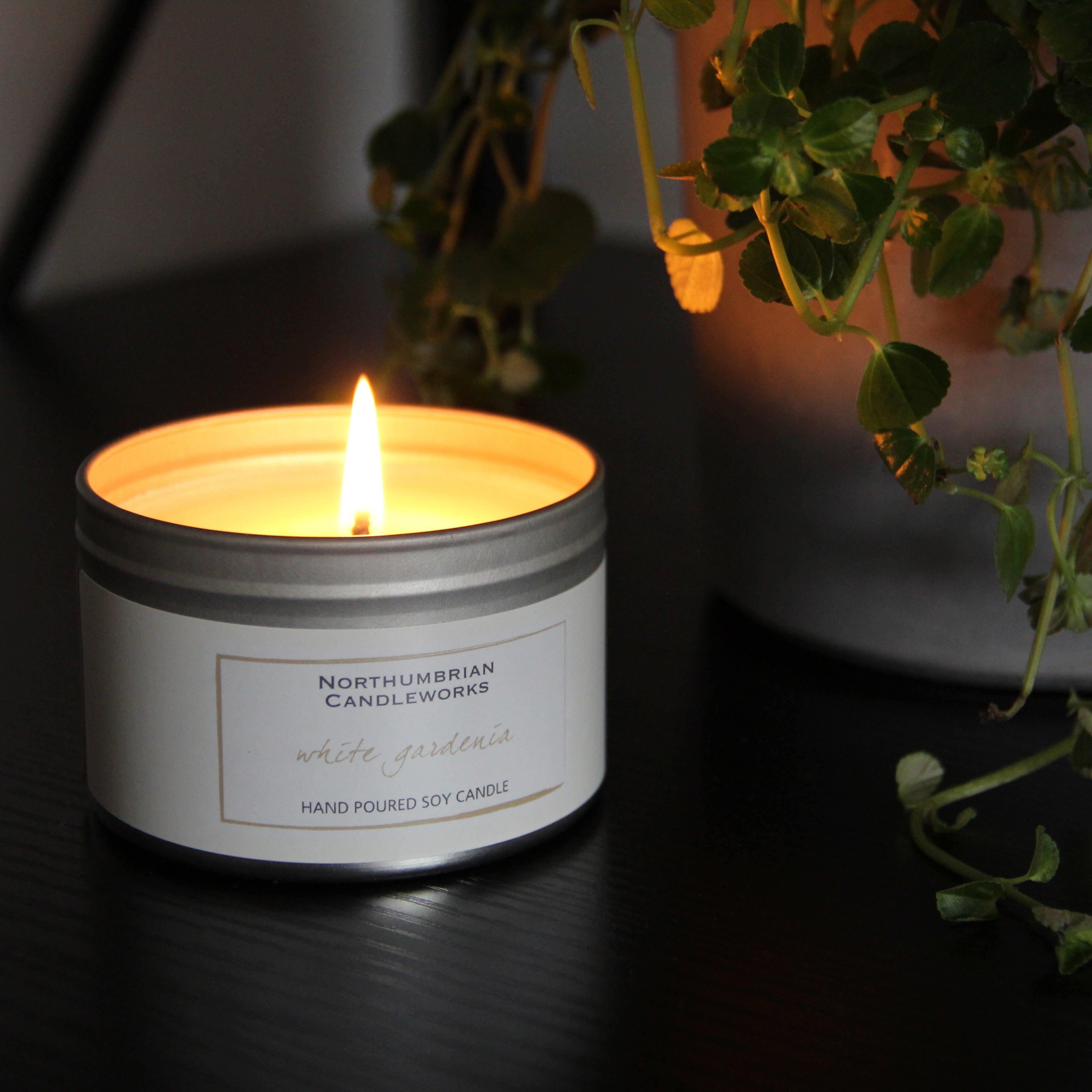Experience the Calmness of Crystal Soy Candles and Home Fragrance
Wiki Article
From Wick to Wax: Understanding the Chemistry Behind Soy Wax Candles and Their Environmental Influence
As we illuminate our areas with the cozy radiance of candle lights, there exists a world of detailed chemistry behind the relatively simple act of lighting a soy wax candle. The option between soy and paraffin wax extends beyond plain looks, delving into the realm of ecological impact and the very composition of the products. Understanding the molecular structure of soy wax and its burning procedure loses light on the discharges launched into our environments. Join us as we unravel the scientific ins and outs behind soy wax candle lights and discover their ramifications on our atmosphere.Soy Wax Vs. Paraffin Wax
When contrasting soy wax and paraffin wax for candle light production, it is vital to comprehend the unique attributes and advantages of each product. Soy wax is an all-natural, renewable source stemmed from soybean oil, making it biodegradable and eco-friendly - home fragrance. On the other hand, paraffin wax is a byproduct of petroleum refining, which raises worries regarding its ecological impact and sustainabilitySoy wax candles burn cleaner and send out less residue contrasted to paraffin wax candles, making them a healthier selection for interior air quality. Furthermore, soy wax has a lower melting point, allowing for a longer-lasting candle that spreads fragrance a lot more successfully. Paraffin wax, on the various other hand, has a tendency to shed faster and less easily, possibly launching harmful chemicals right into the air.
From a sustainability point of view, soy wax is favored for its biodegradability and sustainable sourcing, aligning with the expanding consumer preference for environmentally aware products. While paraffin wax has been a typical option in candle light making as a result of its price and ease of usage, the change towards environment-friendly options like soy wax is getting energy in the sector.
Chemical Structure of Soy Wax

Combustion Refine in Soy Candles
The chemical composition of soy wax directly affects the burning procedure in soy candles, affecting aspects such as shed time, fragrance release, and environmental influence. When a soy candle light is lit, the heat from the fire melts the wax near the wick. This fluid wax is then created the wick because of capillary action. As the liquid wax reaches the fire, it undergoes and evaporates combustion. The combustion process includes the vaporized hydrocarbons in the wax responding with oxygen in the air to create heat, light, water vapor, and carbon dioxide.
The burning efficiency of soy candle lights is influenced by the pureness of the soy wax and the quality of the wick. Additionally, soy wax candle lights have a reduced environmental effect compared to paraffin candles due to their eco-friendly and eco-friendly nature.

Ecological Benefits of Soy Wax

Thought about a lasting option to typical paraffin wax, soy wax offers notable environmental benefits that make it a popular option among eco-conscious consumers. One significant benefit of soy wax is its renewable sourcing. Soy wax is originated from soybean oil, which is predominantly grown in the United States. The growing of soybeans assists support neighborhood straight from the source farmers and reduces the dependence on non-renewable nonrenewable fuel sources made use of in paraffin wax manufacturing. Additionally, soy wax is eco-friendly, indicating it damages down normally without releasing harmful contaminants right into the atmosphere. This particular makes soy wax candles a more eco friendly alternative contrasted to paraffin wax candle lights, which are made from oil, a non-renewable resource. Furthermore, soy wax burns cleaner and generates less soot than paraffin wax, adding to better interior air top quality and decreasing the demand for cleansing and upkeep. In general, the ecological benefits of soy wax align with the expanding need for lasting and environment-friendly items in the marketplace.
Recycling and Disposal Considerations
Reusing and proper disposal of soy wax candle lights play a critical function in keeping ecological sustainability and lowering waste in areas and families. When it pertains to reusing soy wax candle lights, the very first step is to guarantee that the candle light has actually melted totally. This can be achieved by enabling the candle light to melt till the wick is no more usable, and after that letting the staying wax cool and solidify. As soon as the wax has strengthened, it can be thoroughly gotten rid of from the container.
In regards to disposal, if recycling is not a choice, soy wax candles are biodegradable and can be securely gotten rid of in most home waste systems. It is always recommended to check with local recycling centers or waste administration services for certain guidelines on candle light disposal to guarantee appropriate handling and environmental security.
Final Thought
In final thought, the chemistry behind soy wax candles have a peek at this site exposes their environmental advantages over paraffin wax candle lights. Soy wax, acquired from soybean oil, burns cleaner and creates less soot when compared to paraffin wax.When comparing soy wax and paraffin wax for candle light production, it is important to comprehend the unique qualities and benefits of each material (home fragrance).Soy wax candle lights shed Learn More cleaner and emit much less residue compared to paraffin wax candle lights, making them a much healthier option for interior air quality.Thought about a lasting alternative to typical paraffin wax, soy wax uses noteworthy ecological benefits that make it a prominent selection among eco-conscious consumers. Soy wax burns cleaner and produces much less residue than paraffin wax, adding to much better interior air top quality and reducing the need for cleaning and maintenance.In final thought, the chemistry behind soy wax candle lights exposes their ecological benefits over paraffin wax candle lights
Report this wiki page